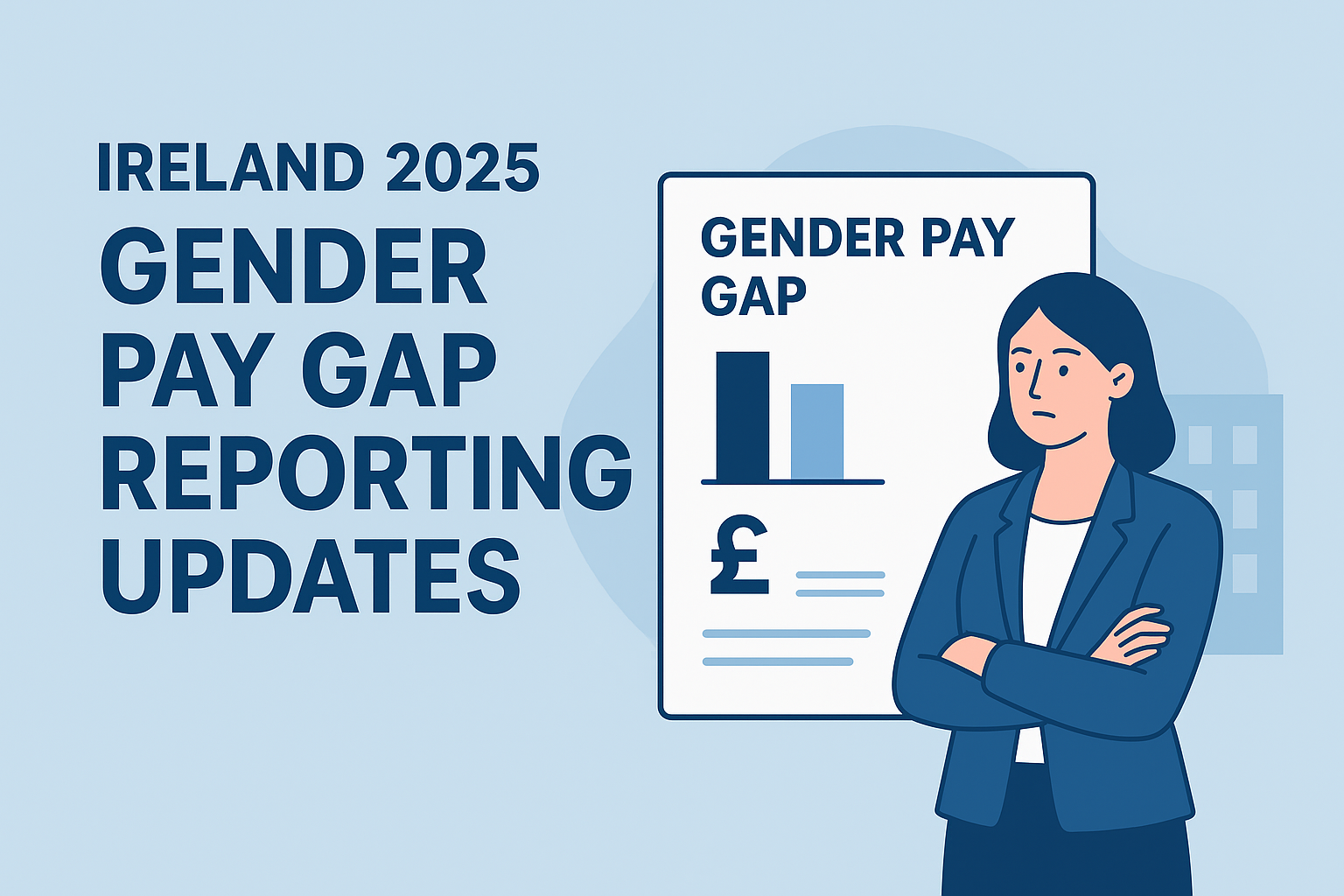In this series we take a look at a recent Labour Court (“LC”) case which considered whether overtime (“OT”) should be included in calculating an employee’s annual leave (“AL”).
Section 19 (5) of the Organisation of Working Time Act, 1997 (the “1997 Act”), states, employees are entitled to receive, on a day of AL, the same pay they would have earned had they worked that day—referred to as “normal pay”. Disputes have arisen before the Workplace Relations Commission (“WRC”) and LC over the interpretation of “normal pay” and specifically, whether OT should be included in AL calculations.
Legal Framework
When determining AL pay, in this jurisdiction Regulation 3 (2) of S.I. No. 475/1997 – Organisation of Working Time (Determination of Pay For Holidays) Regulations, 1997 (the “Regulation”) is determinative. This regulation stipulates that an employee’s AL pay should be based on their basic salary plus any regular, constant allowances or bonuses. Crucially, it specifies that OT is excluded from an employee’s “normal pay.”
Recent case law from the WRC and LC shows a shift in interpretation towards European Court of Justice (“CJEU”) rulings that have expanded on what may constitute “normal pay.”
Case Study: Carlow County Council v Eamonn Ryan DWT2312 (2023)
Background
Eamonn Ryan (the “Employee”), was employed by Carlow County Council (the “Employer”) since 2001, as a truck driver, with regularly rostered OT. He claimed that his “normal weekly pay” for calculating AL should include OT, which was performed daily and paid at double his standard rate. The Employer, adhering to the said Regulation, paid him his basic salary for AL, excluding OT.
LC Findings
In its Judgement, the LC referred to the CJEU case of Torsten Hein v Albert Holzkamm GmbH & Co.KG (Case C-385/17), wherein the CJEU distinguished between exceptional, unforeseeable OT (excluded from normal pay) and regular, predictable OT, which should be included, if it comprises a significant portion of total pay. This reasoning was reaffirmed in Ds v Koch Personaldienstleitungen GmbH (Case C-514/20), where the CJEU noted that excluding regular OT from AL pay could discourage employees from taking leave.
Appling these cases to Mr. Ryan’s case, the LC found that his OT was regular, predictable, and represented 22% of his total pay, which constituted an integral component of his earnings. Consequently, the LC ruled that OT should be included in his AL pay calculation.
The LC did, however, limit back pay to six months prior to the complaint filing under the Workplace Relations Act 2015, awarding Mr. Ryan €568.68 for unpaid AL and an additional €568.68 as compensation for the breach.
Public Holiday (“PH”) Pay
While the Eamonn Ryan case established that regular, predictable OT should be included in AL pay, this principle has not yet extended to PH pay.
In Cora Flynn v Musgrave Operation Partners Ireland Supervalu (ADJ-00047567, 2024), the Adjudicator upheld that Regulation 5(1)(a) of the Organisation of Working Time (Determination of Pay for Holidays) Regulations 1997 (SI No 475 of 1997), which excludes OT from normal pay calculations, remains applicable to PH pay. Although Ms. Flynn’s OT was regular and predictable, forming a substantial part of her earnings, the Adjudicator ruled that the CJEU’s guidance from the Eamonn Ryan case applied only to AL, with no EU case law supporting a deviation from Ireland’s existing stance on PH pay.
Employers’ Spotlight
- Understand OT’s Impact on AL Entitlement: If employees’ OT is regular, predictable, and forms a substantial part of their wage, it should be included in their “normal pay” when calculating AL. Failure to incorporate such OT in AL pay may be deemed an unlawful deduction from wages.
- Clarify OT Expectations and Entitlements: When OT is irregular, unpredictable, or not a significant part of an employee’s wage, the employee is not entitled to OT pay during AL. Employers should ensure that employment contracts clearly outline whether OT is expected and define any OT obligations or entitlements.
- Addressing Unlawful Wage Deductions: In cases of unlawful deductions during AL, only breaches occurring within six months prior to the complaint are generally considered. However, courts may award additional compensation if the wage deduction is clear and substantial.
- PH Pay and OT: Unlike AL pay, current rulings do not require OT to be included in PH pay. Employers should ensure PH pay calculations include basic salary and any regular, non-variable bonuses or allowances.
Understanding PH Entitlement
PH entitlement can consist of either of the following:
- A paid day off on the PH
- An additional day of AL
- An additional day’s pay
- A paid day off within a month of the PH
In respect of determining the entitlement:
| Type of Employee | AL Pay Calculation | PH Pay Calculation (Worked) | PH Pay Calculation (Not Worked) |
| Time Rate/Fixed Rate or Salary | Normal weekly rate (sum of regular pay excluding OT) | Sum equal to the last day’s normal daily pay (including regular bonus or allowance but excluding OT) | 1/5 of the last week’s normal pay (including regular bonus or allowance but excluding OT) |
| Hourly/Variable Rate | Average weekly pay over the last 13 weeks (excluding OT) | Average daily pay over the last 13 weeks (excluding OT) | 1/5 of the average weekly pay over the last 13 weeks (excluding OT) |
| Job Sharer (if they do not work on PH and work half the time of a full-time worker) | Not specified in this Regulation but would generally be calculated as above based on hours worked | Not applicable | 1/10 of the pay over the last 2 weeks of normal working hours (excluding OT and capped at 50% of pay as if they had worked) |
| Employer/Employee Arrangements | Employers and employees can agree on more favourable terms for holiday pay | Employers and employees can agree on more favourable terms for PH pay | Employers and employees can agree on more favourable terms for PH pay |
Exceptions to PH:
- Occupational Accident Absence: Absences over 52 consecutive weeks due to an occupational accident do not qualify for PH entitlements.
- Non-Occupational Accident or Disease Absence: Absences over 26 consecutive weeks, due to any accident outside of work or due to illness, result in a loss of PH entitlements.
- Authorised Absence (Including Lay-Off): Absences over 13 consecutive weeks for reasons other than accident or illness, but authorised by the employer (e.g., lay-off), lead to PH entitlement loss.
- Strike-Related Absence: Employees absent due to a strike in their industry lose PH entitlements during the strike period.
Other Leave Types and PH Pay
Employees are entitled to PH pay while on maternity, adoptive, paternity, parent’s, parental, or domestic violence leave, except in the following situations where the employee is on lay off, absent or on carers leave for 13 or more weeks. If, however the PH falls during the 13-week period, they remain entitled to the PH entitlement.
This article was co-written by Robin Hyde (Partner) and Stephen Barry (Pre-Trainee)










